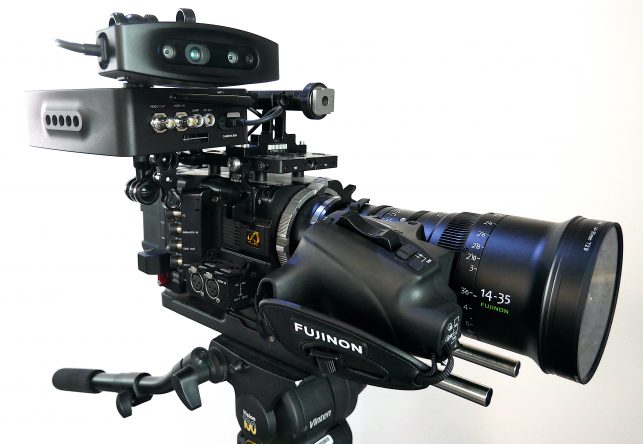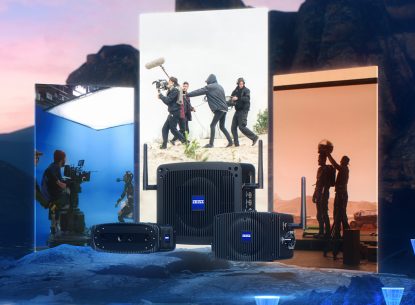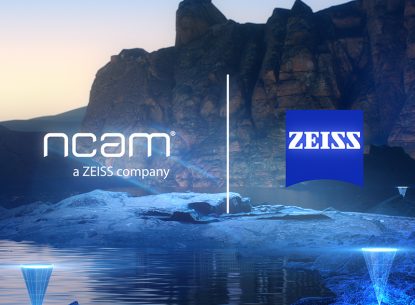Virtual production is the future of creative storytelling. And as studios continue to mix the physical and virtual worlds more than ever before, in-camera visual effects are becoming an essential component of VP workflows.
Our CEO, Nic Hatch, was featured in Post Magazine talking about the future of ICVFX and camera tracking, and how people can start using it today.
Read an excerpt below, or see the full article in POST Magazine.
Ever since COVID-19 burst onto the scene, virtual production (VP) has quickly become the buzzword of the industry. While its value had been quietly debated for years — early VP demos involved little more than replacing a chroma key background with a primitive virtual set — many in the industry were not convinced it would ever take off, and only a handful believed in its true potential. Today, those early visionaries have been proven right.
What is virtual production?
One challenge we face when discussing ‘virtual production’ is that there is no singular definition for what, exactly, VP entails. At this point, it serves as a catch-all phrase for many different techniques and technologies, including complex bespoke workflows, which are used either before or during production.
When it comes to in-camera virtual production, workflows are starting to take shape in two ways: in-camera visualization, where teams can view previs (proxy or temp VFX) through the lens, and in-camera VFX (ICVFX), where the final shot is captured in-camera in realtime, often with VFX content driving an LED wall as the background.
Only one thing is true for everyone: Whether you’re visualizing a location through virtual scouting, replacing a greenscreen with a CG environment or shooting in-camera VFX with LED walls, virtual production is the future of creative storytelling.
The pros & cons of ICVFX
Visualizing VFX in-camera enables filmmakers and stakeholders to get on the same page when it comes to VFX-based shots. For realtime visualization, it’s the next level up from previs, enabling the compositing of actors on proxy VFX backgrounds, or foreground CG creatures to be composited on physical backgrounds, and everything in between. From dancing toys to ripping the world apart, the possibilities are endless.
Keep reading at POST Magazine.


